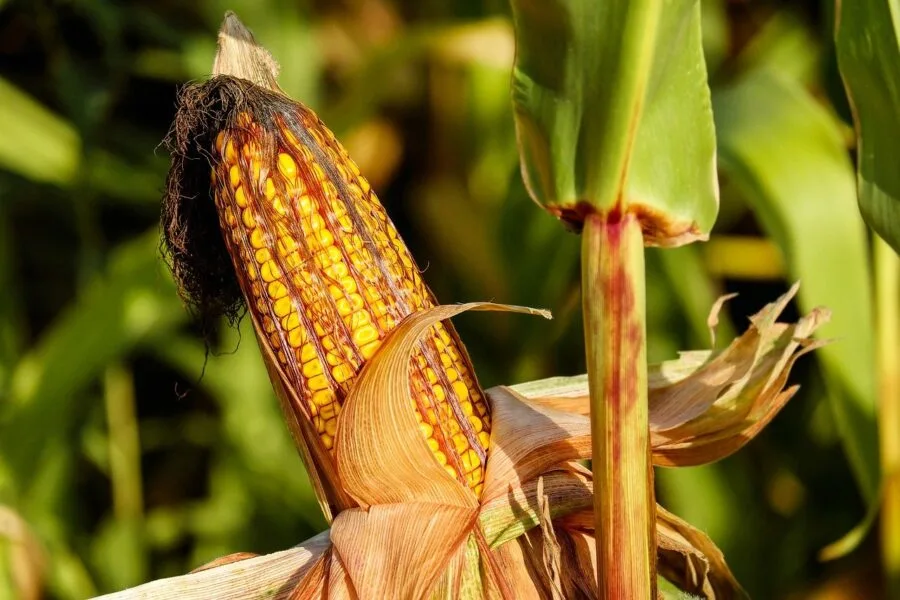After ending a long drought with great weather, Argentine corn farmers started this season hopeful for a bountiful harvest.
They aimed to boost President Javier Milei’s efforts to revive the struggling economy.
Yet, their optimism now faces a challenge due to an outbreak of green leafhoppers, known locally as ‘cigarrinha verde.’
These insects transmit spiroplasma, a disease that hinders grain development. They have invaded the Pampas region, putting crop yields at risk.
Consequently, the Rosario Board of Trade has lowered its production forecasts, stirring concerns among farmers.
This reduction could impact one of the top global corn exporters at a crucial time. Agriculture significantly influences Argentina’s economy.

The central bank relies on farm exports to enhance its reserves and ease monetary policies. These policies typically restrain economic growth.
Since taking office last December, Milei has sought to eliminate these barriers to stimulate business expansion and attract investments.
Initially, experts predicted a record corn harvest of 56.3 million metric tons.
However, they have since revised this estimate downward by 12% to 49.5 million tons, according to the Buenos Aires Grain Exchange.
Similarly, soybeans face challenges; excessive rains have postponed planting and harvesting, potentially diminishing the crop’s quality and market value.
Insect Outbreak Threatens Argentine Corn Yield
In Cordoba, a key agricultural region, crop yields are now 26% below last month’s, translating to monthly losses exceeding $1.1 billion.
Experts report that the full extent of the damage remains unknown but farmers expect poorer outcomes.
The delayed planting makes the crops more susceptible, and persistent rains are disrupting soybean harvests, jeopardizing both crops’ volume and quality.
Moreover, combined with low global prices for corn and soybeans, these issues might reduce Argentina’s export revenue by around $4.5 billion from December to March, analysts in Rosario estimate.
Complications could arise for Milei’s plans for economic liberalization due to La Niña, a climate pattern that could cause droughts in Argentina in 2025.
This potential scenario underscores the intricate connections between global economics, agriculture, and climate patterns, affecting recovery strategies and international markets.

